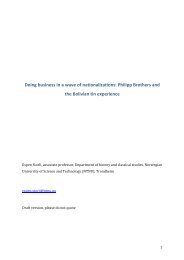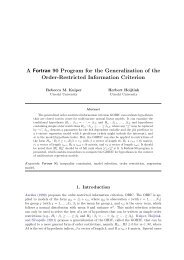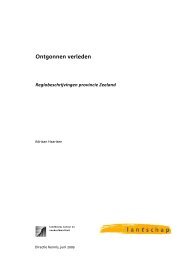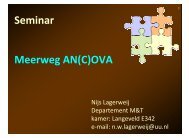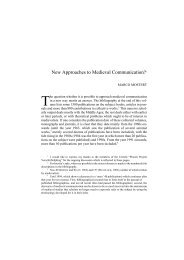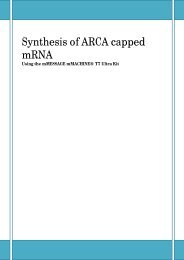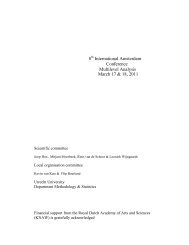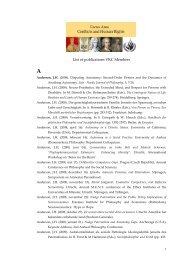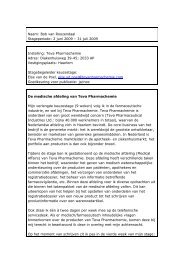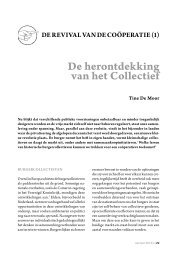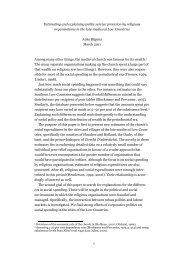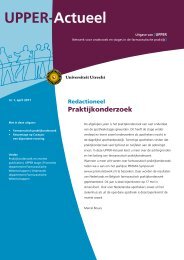CH8.Ewout Frankema.education.pdf
CH8.Ewout Frankema.education.pdf
CH8.Ewout Frankema.education.pdf
- No tags were found...
Create successful ePaper yourself
Turn your PDF publications into a flip-book with our unique Google optimized e-Paper software.
(in the vernacular) and calculus formed the core subjects. The curriculum wasstandardized, graded and subject to state inspection. The primary objective of themissions in Congo was to spread Christianity. Concerns to ‘overeducate’ the nativepopulation existed in both colonies, but with a crucial difference: in the Congo themissionary-teachers themselves experienced a tension between advanced <strong>education</strong> andsocialisation, in the Indies these concerns were especially held by the Dutch colonialelite, but not so much by the Indonesian teachers who supplied the <strong>education</strong> inpractice.6. Education for self-determinationThe Japanese occupation of the Dutch East Indies (1942-1945) contributed much to thediffusion of strong anti-colonial sentiments among the Indonesian population. TheJapanese occupation uncovered the military and political weaknesses of the Dutch. Thelarge scale mobilization of the Indonesian youth in the armed forces under Japanese ruleconnected an enormous amount of human energy to revolutionary ideas and militarymeans of power. Moreover, the tyrannical rule of yet another distrusted foreign powerendorsed the desire among the Indonesian people to determine their own future. Indeed,the declaration of independence in 1945 was a logical consequence of the retreat of theJapanese.The spirit of independence and revolution unleashed an enormous demand forschooling. Mass <strong>education</strong> now opened the doors to socio-economic mobility which hadremained closed for as long as people remembered. Job opportunities in the civilservices expanded enormously and were highly attractive to students and formersoldiers. Politicians were eager to hand out higher income jobs in turn for politicalsupport. The Indonesian language became the standard throughout the <strong>education</strong> systemand was also used in all official communications of the state and the mass media. It isone of the major accomplishments of the early Sukarno regime that they managed tofacilitate this great expansionist wave without a complete overhaul of the system. Graderepetition and pre-completion drop-out rates remained very high in primary <strong>education</strong>(ca. 60% in the 1950s), but they did not prevent the progress of a rapidly growing groupof students into secondary and tertiary <strong>education</strong> (Ricklefs, 2008: p. 274-5).Universities were erected in various parts of the country and some of these institutionsachieved respectable standards. The roots of the University of Indonesia (UniversitasIndonesia), which is one of the top rated institutes, go back to a school for medicalassistants established in 1851. In 1898 the colonial government transformed this schoolinto STOVIA (School tot Opleiding van Inlandsche Artsen) with the purpose to trainhighly specialized medical doctors. The <strong>education</strong> program consisted of 9 years andcombined aspects of high school and university <strong>education</strong>. The Bandung Institute ofTechnology, another top institute, is the oldest technology-oriented university inIndonesia and evolved out of the Technische Hoogeschool in Bandung established in1920.The early graduates of these institutes were to fulfill a key role in Indonesia'sindependence movement. Sukarno himself was very much the product of the Indo-14



